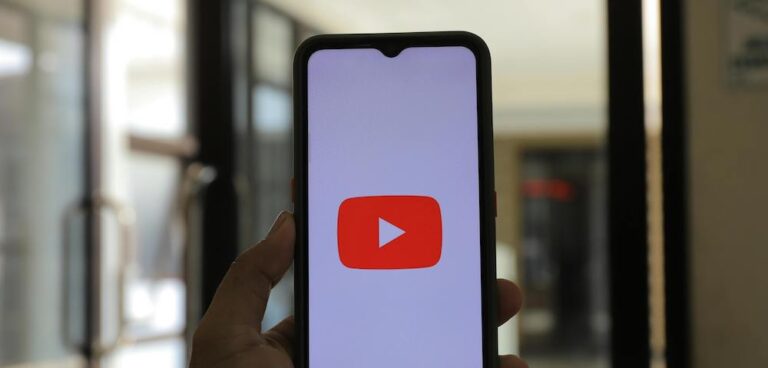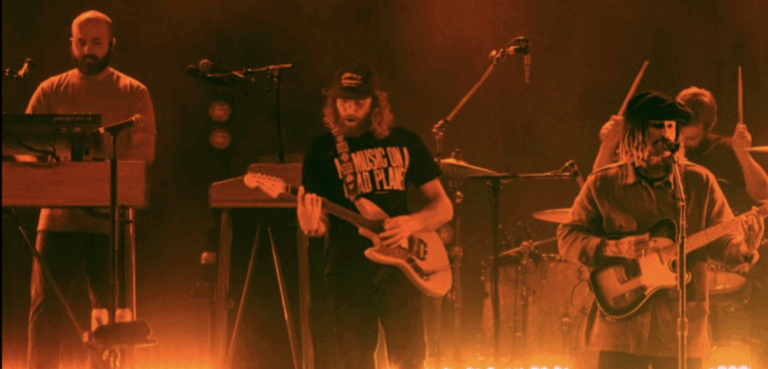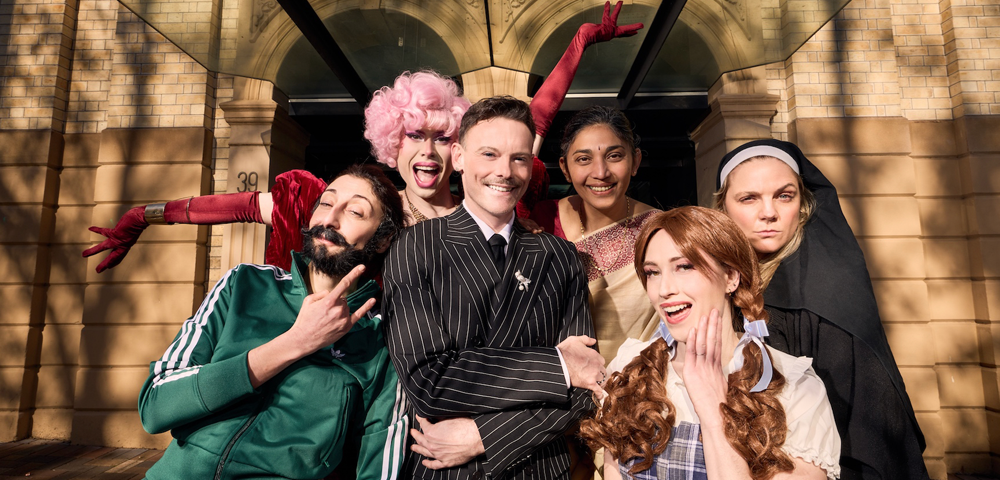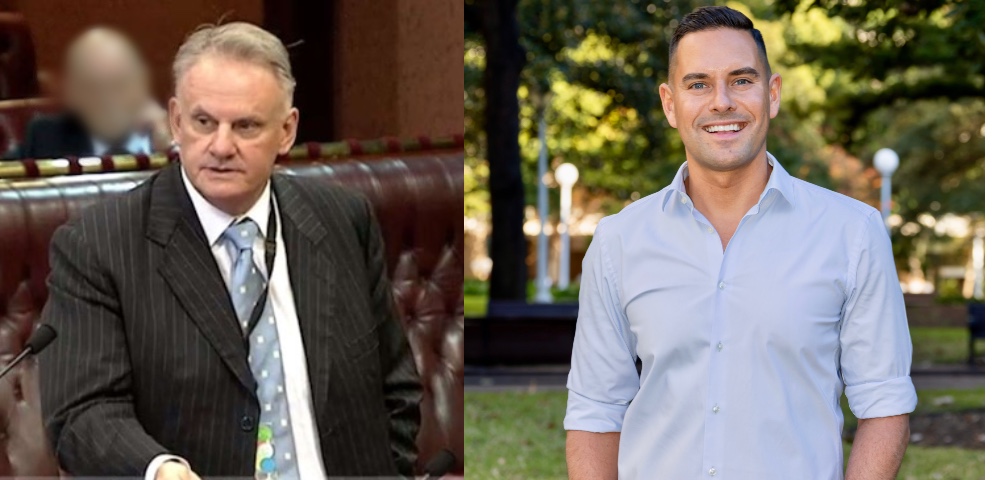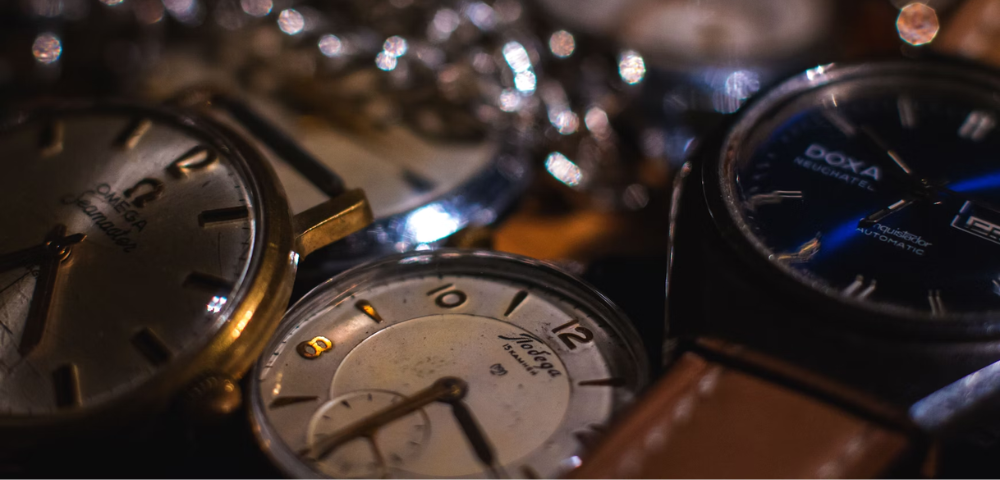
Historic murals to live again
Eight of the original sixteen green ban-era murals on the pylons of the Eastern Suburbs Railway in Woolloomooloo are gone for good. But the remaining eight depicting the struggle to save Woolloomooloo from high-rise development are being preserved by Council and will remain in place.
The first to be preserved, Wallamullah, by Merylin Fairskye and Michiel Dolk, has been replaced in its Bourke Street location. The artists, who at first had not been consulted about the project, requested preservation rather than restoration.
“I wanted to keep the murals as they were,” said Ms Fairskye. “All the fading, the marks and damage, including burn marks where the homeless guys had lit fires underneath them, have become part of the story.”
Even preserved is the painting-out of an Aboriginal family that happened after initial installation.
So, rather than repainting, work was limited to removing grime and residue from chemical reactions to the original protective covering, reattaching paint and covering with a new coating that improves colour saturation and is UV light and graffiti-resistant. The restoration work was managed by Sydney Artefacts Conservation and undertaken by the conservator Andrew Thorn.
But the lost eight murals will live on only as documentation.
“RailCorp removed, and poorly stored, two history murals and seven artwork billboards from their pylons in 2005,” said a City of Sydney spokespeson.
“Following this, the City retrieved and safely stored the artworks and engaged a conservator to assess the condition of all the artworks and make recommendations on their treatment.
“Following the report, the City decided to restore and reinstate all nine significant historical murals, and document and store the community artwork billboards which were only intended to be temporary.”
The historic murals celebrate the battle between locals on one side, and developers and the state government on the other, to save Woolloomooloo from 1960s-style high-rise development.
“These plans would have led to a repeat of the story seen in so many cities around the world: Low-income working people would have been evicted and offered accommodation in depressing off-the-rack buildings in the outer suburbs,” writes Matthias Tomczak on his Woolloomooloo Murals blog, which features photographs of the full set taken in 1982, soon after they were painted.
Residents fighting for their suburb got no help from Council and the Government, so they turned to the unions. Green bans were imposed by the Builders Labourers Federation (BLF) and the Federated Engine Drivers’ and Firemen’s Association (FEDFA). Developers brought in strikebreakers and violence ensued in Victoria Street Potts Point with people being bashed and kidnapped, police evicting squatters and the disappearance/murder of local newspaper publisher Juanita Neilson.
Woolloomooloo property was being snapped up by developers and many tenants were evicted, their houses boarded up and left to rot. The population was reduced to a fraction of its former level.
Then Tom Uren, Minister for Urban Affairs in the Whitlam Government from 1972–75, stepped in and, fulfilling an election promise, oversaw the reclamation of much of Woolloomooloo (and the Glebe Housing Estate) for state public housing, preserving the C19th terrace houses and excluding cars to create useable and attractive common space, the very opposite of modernist high-rise development.
Now, “Urban planners from all over the world visit Woolloomooloo as an example of good urban planning practice,” writes Matthias Tomczak.
Meanwhile the Eastern Suburbs railway, finished in 1973, was also cutting a swathe of demolition through the suburb and at the end of the decade the Woolloomooloo Residents’ Action Group developed the idea of murals to cover the brutal concrete piers supporting the railway viaduct.
A loose coalition realised the huge project. Residents raised money and contributions came from the BLF, FEDFA, Council, the State Government and the Australia Council. The then Housing Commission donated a large warehouse. All this paid only for materials and logistics. Fairskye and Dolk then worked for free for three years, surviving on teaching and part-time work.
“It was the sort of thing people did in those days,” said Ms Fairskye.
“We tried to remain true to the history and consulted a lot with residents. Once the community felt we had the right narrative they left us alone to work out the compositions.”
Councillor Meredith Burgmann had been active in the green bans and supplied information to the artists.
“This was the first public art in Sydney,” she said. “It was considered a really weird thing at the time.”
The artists foresaw a ten-year life span for the works. “Ten years seems a long time when you’re young,” Ms Fairskye said.
The works were divided into sections – seven historical works (those still in place and being preserved), eight more to be done by various artists (these are missing), and one by local children, still in place in Forbes Street.
The missing eight, on the pylons towards the city end of the viaduct, were conceived as temporary, with new work being regularly rotated billboard-style.
“But that was too labour-intensive,” said Ms Fairskye, “so we commissioned some more artists. In those days I was involved in the newly formed Artists’ Union, so they were paid a small fee.”
Ms Fairskye was surprised at the strength of current community support for their restoration.
Many of the safeguards against inappropriate development created during this period are being seriously eroded by the current state government. In that light, there is irony in the following comment from Matthias Tomczak:
“The history of how Woolloomooloo was saved provides an illuminating example of the way in which progress is achieved in today’s society. The state and its political parties protect big money, which rules the country. The people have the right to cast their vote every few years; hopefully they do not realise that parliamentary democracy is only the modern way to secure the rule of the rich. Real progress – improvements in people’s quality of life – comes about through direct popular action. More often than not this action requires the breaking of a few laws (which serve to secure the power of the rich) and leads to violent confrontation with state power.”
by Michael Gormly



